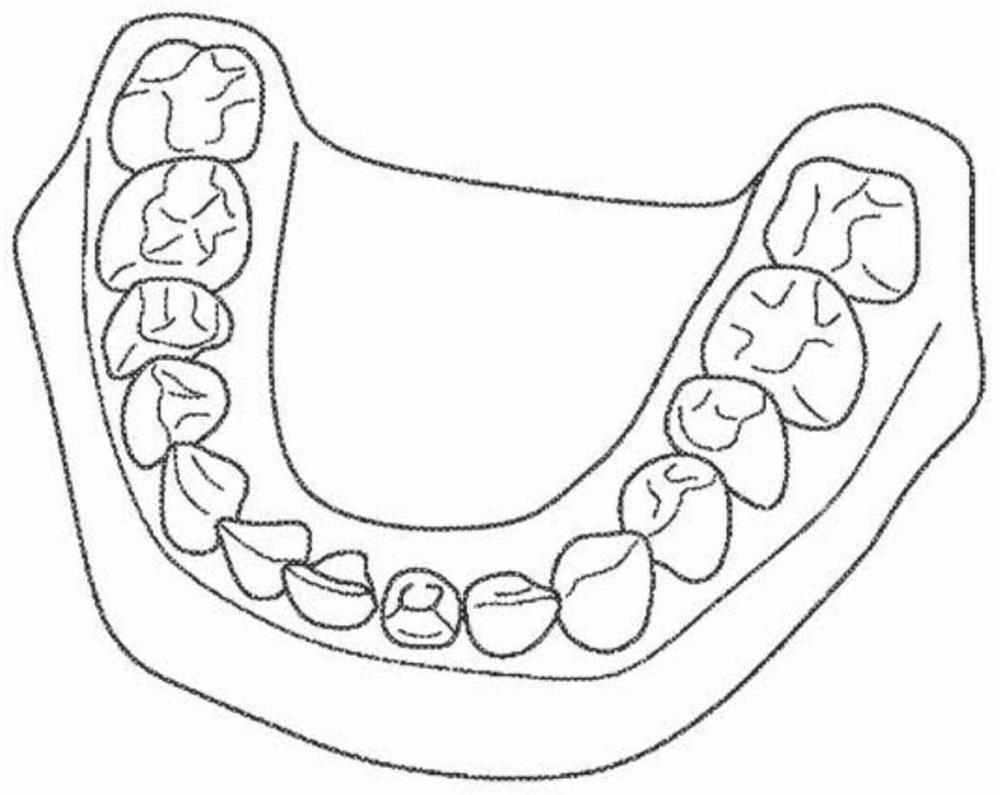Virtual model of articulation derived from intraoral scans
A technology of joint motion and model, applied in the fields of compression mold cup, medical science, image enhancement, etc., can solve the problems of expensive simulation device, time-consuming and so on
- Summary
- Abstract
- Description
- Claims
- Application Information
AI Technical Summary
Problems solved by technology
Method used
Image
Examples
Embodiment Construction
[0032] The use of digital 3D models is becoming more and more popular in the dental market. These models can be obtained directly in the body using intraoral scanners, cone beam computed tomography (CBCT) scans (i.e. 3D X-rays), or magnetic resonance imaging (MRI); The castings made are obtained indirectly. Some examples of indirect data acquisition methods include, but are not limited to, industrial computed tomography (CT) scans (ie, 3D X-rays), laser scanning, and patterned light scanning. Digital 3D models can be used for a variety of clinical tasks, including treatment planning, crown and implant preparation, prosthodontic restoration, orthodontic setting design, orthodontic appliance design, and diagnostic aids such as assessing or visually illustrating tooth wear.
[0033] overview
[0034] Embodiments of the present invention calculate a virtual model of mandibular joint motion from several extreme occlusal scans captured with an intraoral scanner. Since the virtu...
PUM
 Login to View More
Login to View More Abstract
Description
Claims
Application Information
 Login to View More
Login to View More - R&D
- Intellectual Property
- Life Sciences
- Materials
- Tech Scout
- Unparalleled Data Quality
- Higher Quality Content
- 60% Fewer Hallucinations
Browse by: Latest US Patents, China's latest patents, Technical Efficacy Thesaurus, Application Domain, Technology Topic, Popular Technical Reports.
© 2025 PatSnap. All rights reserved.Legal|Privacy policy|Modern Slavery Act Transparency Statement|Sitemap|About US| Contact US: help@patsnap.com



